Moving house is a time filled with possibilities, offering the opportunity to shape a home that reflects your lifestyle.
By Amart
Moving house – what to keep, sell or refresh
Preparing for the move is also the perfect time to reassess your belongings and decide what’s worth taking to your new home– and what might need an upgrade.
So, whether you’re stepping into your first rental, a new family haven, or you’re ready to downsize, knowing what to keep, sell and refresh can help save time and make the transition easier — allowing you to focus on creating beautiful memories in your new space.
1. Lounge
The lounge is often the heart of your living area, offering a comfortable place to get together with family, friends, and to unwind on your own.
If your current lounge provides support and suits your new space, consider keeping and refreshing with trendy accents, like a textured cushion or a cosy throw.
However, moving into a new house means reassessing if your current furniture will fit. If your new space requires a larger or smaller lounge – or your current lounge is worn down from years of love and due for an upgrade, now is the perfect time to invest in a new piece.
Consider:
Comfort and reliability: Look for quality fabrics, product quality guarantees and solid frames that have longevity, like a chaise lounge or recliner that have durability without sacrificing on style.
Lifestyle and size: Factor in the size of your new space and who will be using it. A modular sofa is great for a larger family room and can be reconfigured a range of different ways to seat more people, while a sleek two-seater suits a cosy apartment or unit.
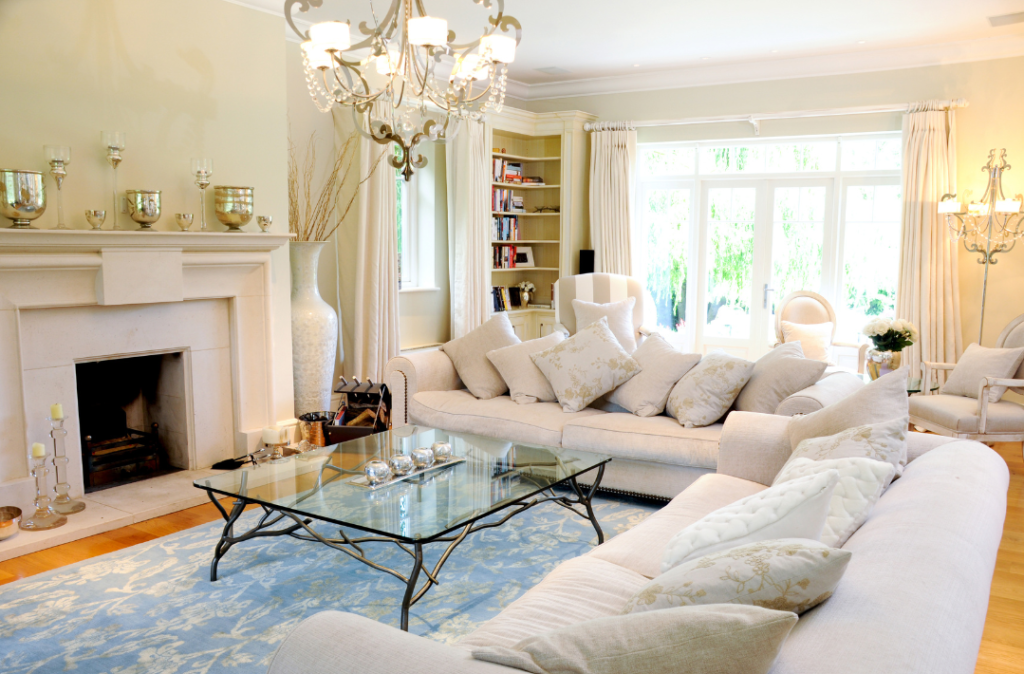
2. Mattress
Your mattress is crucial for your health and wellbeing. If it’s still in good shape, consider bringing it along and instead, updating your bedroom furnishings with a dreamy new headboard or new linens to create a fresh look in your new home.
However, if it’s over seven years old, or causing discomfort, it might be time for a change.
Look for:
Comfort and support: A good mattress supports restful sleep. From memory foam to pressure-relief models, there are many options to have you waking refreshed.
Size: If the new bedroom is smaller or the home has less cupboards, consider a bed with draws that doubles as storage; if larger, consider upsizing to a king mattress for more room to spread out and that luxury hotel feel year-round.
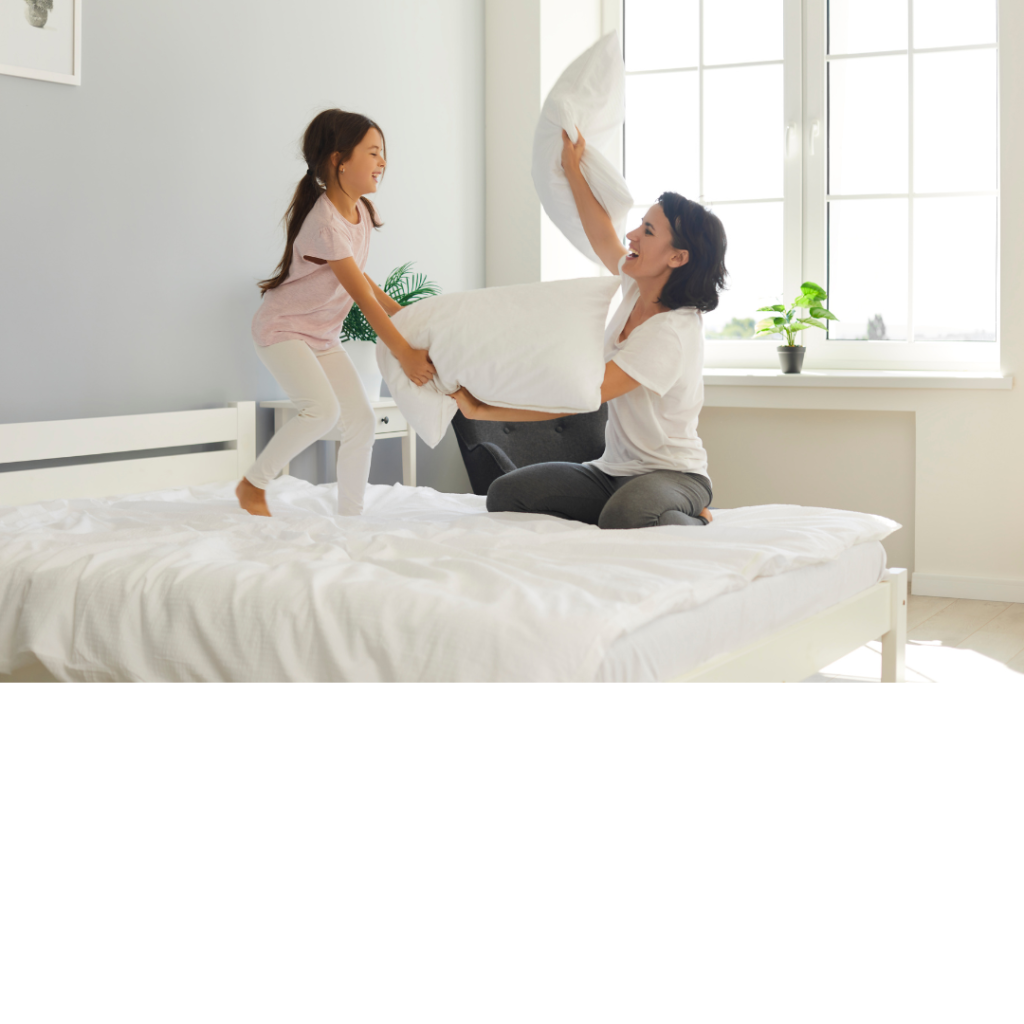
3. Dining Table
Dining tables often serve as the centre of family gatherings. If yours is still functional and fits your new home’s aesthetic, keep and accentuate with new décor, like a chic vase or elegant serving platter.
But if it’s the wrong size or doesn’t suit the space, here’s some things to consider if you’re looking to update your dining table.
Think about:
Material and longevity: Timber look tables are durable and timeless, while glass or marble-look options are easy to clean and add a modern flair without the price tag or weight of stone.
Functionality: In smaller spaces, an extendable dining table can provide versatility, without taking up too much room.

4. Appliances
For larger appliances like fridges and washing machines, condition and energy efficiency are key.
If they’re cumbersome or guzzling energy, upgrading can save you money in the long run.
Keep in mind:
Energy efficiency: Newer models can help lower utility bills, making them a smart investment.
Space compatibility: Ensure your appliances fit into your new home’s layout, and enhance the aesthetic with stylish pieces like an indoor plant in the laundry, or a modern entertainment unit for your TV.

5. Lighting
Lighting plays a significant role in your home’s overall feel. Start by working out which of your existing lamps can be incorporated into the new space, and you may discover some extra surfaces or areas requiring additional lighting – which can enhance both style and mood.
When choosing lighting, think about:
Style: Choose items that consider the colour, size, and style of your space, like a stylish floor lamp that is both functional and decorative in a living room.
Lighting needs: Different rooms require different solutions. Consider overhead lights in kitchens and softer table lamps for bedrooms to create the right vibe for the space.
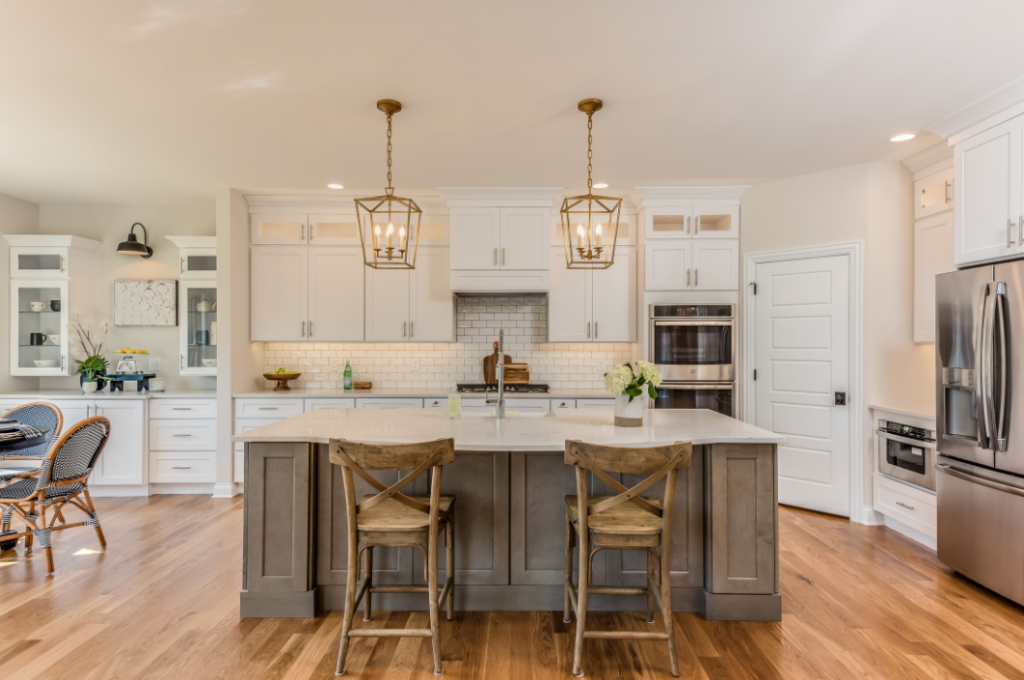
6. Storage Solutions
Storage is crucial in any home, and moving is the perfect time to reassess your needs (and discover just how much stuff you’ve been holding on to).
Many new homes will come with different cupboard and storage spaces than your last home, and storage is one of those things that you generally can’t have too much of.
For those moving into smaller spaces, furniture can be a great way of maximising this.
Think about:
Versatility: Look for multi-purpose furniture, like ottomans with storage or modular shelving that combines style and functionality.
Aesthetic: If your storage solutions clash with your new home’s look, replacing can create a more cohesive atmosphere. A modern buffet or trendy ladder bookcase can add sophistication, while still storing and showcasing your favourite items.
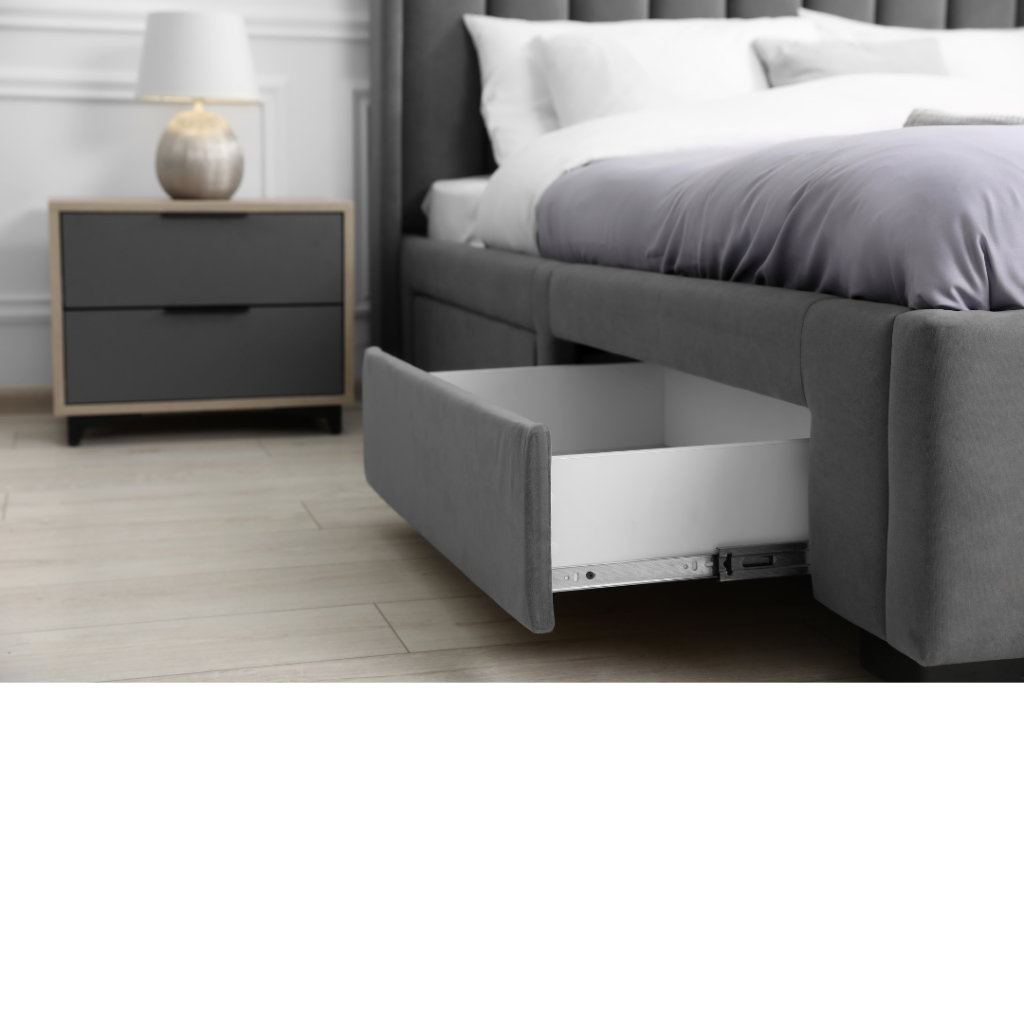
7. Outdoor furniture
Before moving, assess whether your current pieces suit your new outdoor space and how much room you have to work with.
Due to being exposed to the weather, outdoor furniture does sometimes need to be updated a bit more frequently.
When upgrading:
Material matters: Look for weather-resistant materials, like aluminium or treated wood, to ensure longevity. Also consider covering your furniture with protective cloth when you’re not using it, to help preserve it longer.
Functionality and style: Think about how you’ll use your outdoor space—whether for relaxed gatherings or outdoor dining—and choose pieces that fit that vision.
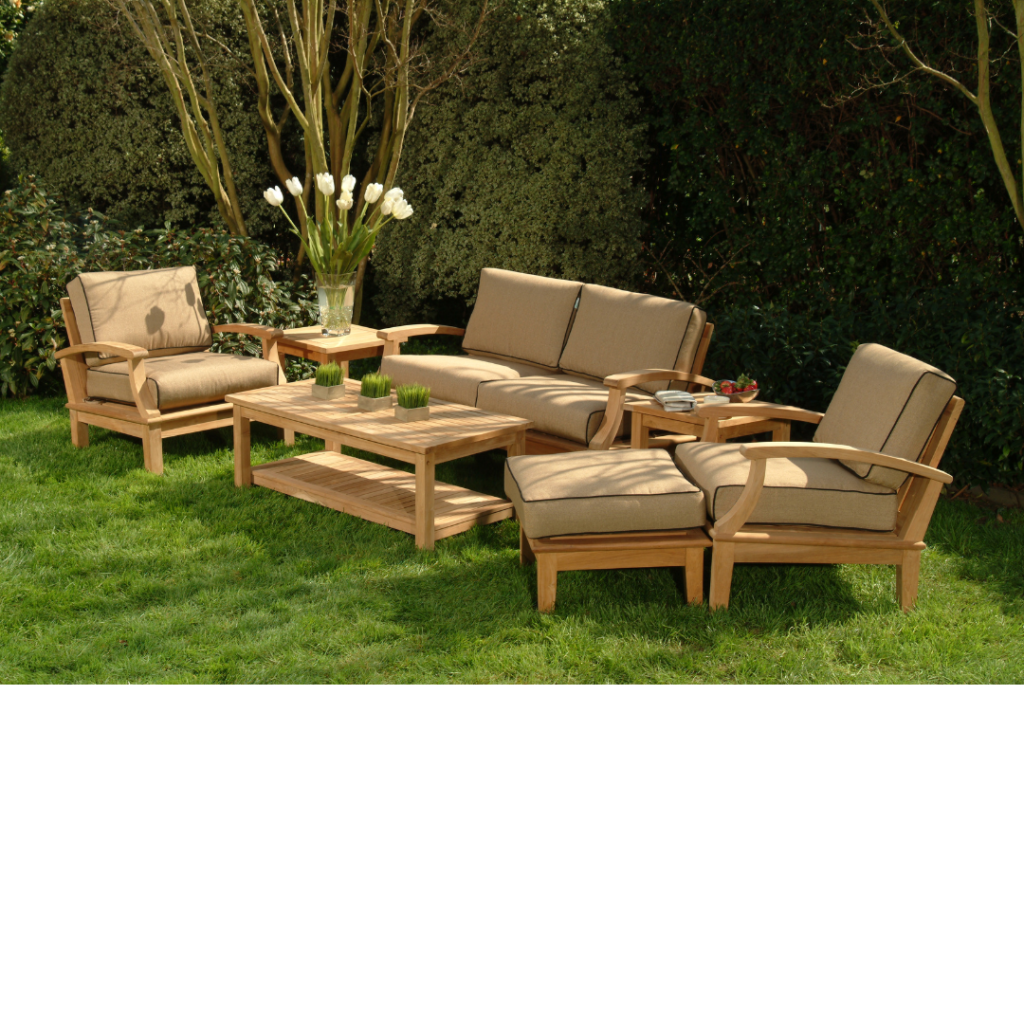
8. Décor
Moving is a great opportunity to declutter and refresh with updated pieces.
While it’s tempting to take every ornament and wall hanging to your new home, evaluate each piece’s relevance and fit for your new space.
Remember:
Big or small: Larger items like curtains, art and rugs can set the vibe, while smaller pieces add character and personality.
Simplicity is key: Choose a few high-quality pieces that make a statement, and will breathe your personal style into your space. From decorative candle holders to unique wall mirrors, include items that reflect your personality and overall aesthetic.
By thoughtfully deciding what to keep, sell, or refresh, you can streamline your move and create a stylish, functional home ready for new memories to come.


